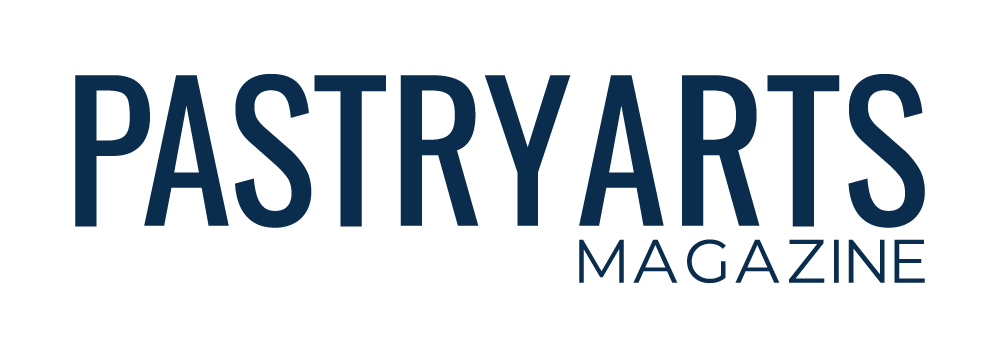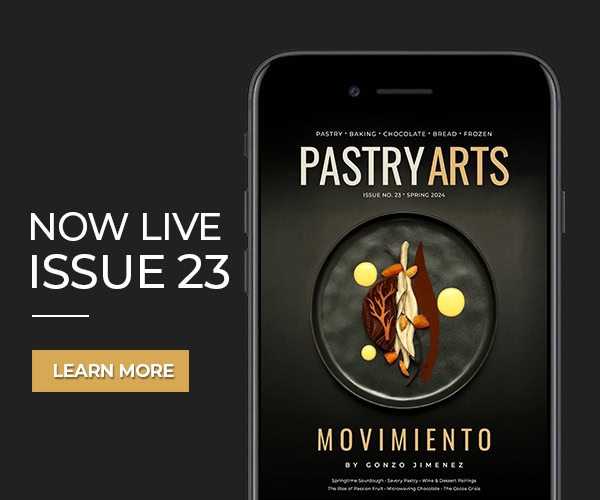Professor, Baking and Pastry Arts,
The Culinary Institute of America, Hyde Park, NY
With a career spanning nearly four decades, Chef Peter Greweling has left an indelible mark on the pastry industry, most notably in the area of chocolate and confections. As a Professor of Baking and Pastry Arts at The Culinary Institute of America in Hyde Park, NY, he has taught over 8,000 students, specializing in his acclaimed course, Chocolate and Confectionery Technology and Techniques. During his early years in the industry, he honed his skills in hand-dipping truffles while working at La Crémaillère restaurant in Banksville, NY, learning a technique that he still teaches today. Greweling’s passion for chocolate work was further ignited when, as a young teacher, he took a confectionery technology class that was recommended by a dean at the CIA. Alongside his teaching, Greweling is the award-winning author of Chocolates and Confections: Formula, Theory, and Technique for the Artisan Confectioner (Wiley, 2007) and Chocolates and Confections at Home with The Culinary Institute of America (HMH, 2009). In this interview he talks about how a simple conversation changed the course of his career, the importance of teaching fundamental techniques, and his recent induction into the Candy Hall of Fame.

After graduating from culinary school, your ambition was to become a “good chef”. When and how did you first get interested in making chocolates and confections?
Like most people, my career has been a series of unexpected opportunities that brought me to the current moment. I went from cooking, to pastry, to teaching, and as a teacher I became interested in confectionery. In 1994 (or thereabouts), I was a young pastry chef-instructor at the CIA. My dean was probably the only person on faculty or administration that was younger than I was at that time. His name was Markus Farbinger, and he was a brilliant pastry chef and a very forward-thinking individual. One day he approached me, mentioning the new (at that time) and ongoing artisan bread revolution. He said that the next area for that to happen would be in chocolates and confectionery, and said, “If you’re smart, you’ll get in on the front edge of it.” He handed me a brochure for an upcoming confectionery technology class, and said I should go to that class. I did, and was immediately fascinated with the science of candy making, which set me on a path to continue to educate myself in the field, and ultimately to combine that science with artisan techniques and formulas. It is that combination of the technical and the artisan aspects of confectionery that has been the basis of my teaching and my writing. It is really astounding what an effect one short conversation had on my life. I recently had the opportunity to talk to Markus. I reminded him of that conversation and thanked him. As educators, we interact in meaningful ways with students every day, and you never know when a simple conversation may have such a profound effect on someone.
How do you keep up with industry trends and advancements in chocolate and confections?
Truth be told, I’m not particularly interested in industry fads. If my business was marketing and selling confections, that might be very important to me, but as an educator, I am charged with teaching young professionals the fundamentals of chocolate and confectionery. Those fundamentals do not change no matter who posts what on social media that day! Students have a tendency to want to play improvisational jazz before they have mastered scales. It is the solid foundations that allow people to progress to become brilliant industry leaders. I work to help them learn those foundations. I do, however, try to continually educate myself in the field. The PMCA [Professional Manufacturing Confectioners Association] is a great resource for education, including their magazine, Manufacturing Confectioner. For people who want new trends and techniques in industry, I always recommend taking continuing education classes such as those offered by Barry Callebaut. If you walk away from a class like that with just one new idea, it has been well worth the time!
Can you describe your approach to teaching chocolate and confections to students with different skill levels? What is one of the hardest chocolate skills for students to master?
With what I teach, there is nearly boundless opportunity for more advanced projects. Within any class, there are many levels of students, from the very enthusiastic and quick to learn, to those who might be intimidated by chocolate, or just not have the interest. Even in the relatively short time frame of my class, some students excel, and I am always happy to help them take on more challenging projects. For the students who are struggling a bit, I work with them to get a good grasp on the fundamentals that they might need in any professional situation. Everybody starts on the same page, how far individuals progress depends on their commitment and ability. I work to keep everyone educationally engaged and challenged to the proper degree.
I’m not sure there is any one skill that is the most difficult to master, but students who believe they want to work in baking/pastry/confectionery really need to work to develop their fine motor skills. Many students come in wanting to be pastry chefs, but really have not grown up doing much with their hands. Of course, it is a very physical business requiring good hand skills. I say, only joking slightly, that all of our students should be doing needlework when they are not in class to develop concentration and fine motor skills.
How do you inspire creativity in your students when it comes to developing new flavors and products?
Inspire creativity??!! Ha! I don’t need to inspire them, I need to reign them in! Our students are filled with many ideas, but often don’t have the technical skills to execute them. The first time they see a formula that they have never made, they want to change it! Yeah, inspiring creativity is not an issue, channeling and refining it however, is. In my class we do one or two days of shell molding. I used to give carte blanche freedom of chocolate, fillings, etc. As a result, students who had never before touched a chocolate mold wanted to use three different chocolates, two fillings, three inclusions, five colors, etc…..You get the picture, they wanted to fly before they could walk. Now for an introduction they all use dark chocolate, because it contracts the most and sets to be the hardest, and all use ganache because it sets, contracts, and provides the best chance for them to be successful. I still let them go crazy with the colors though, and they usually do just that! It’s a simple case of building the foundation before you put in the stained glass!
How do you balance the science and art of chocolate making in your teaching?
This question is really the essence of my approach to teaching and writing about chocolates and confections, it is a unique blend of technical concepts combined with artisan techniques and formulas. My culinary foundation is in artisan handwork. I have been blessed to take courses from, sometimes to work with, and to become friends with some really smart, highly educated technicians in the candy industry. I worked hard to understand as much of the science as I could, and to bring that to the artisan community. I believe that good teaching is the ability to take complex subjects and make them easily understandable. We’ve all met people who like to try to impress with how much they know, but if you cannot communicate concepts in an approachable way for your audience, you might as well be speaking a different language. It is vital for confectioners to understand the basic science of what they are doing so that they can make their ideas work, move forward, and move the industry forward.
What are some project that your students have done under your guidance?
The recurring project that my students face is a graduation buffet each semester. This is really the culmination of their time in my class, and gives them the real world feel of setting up and serving the products that they have worked hard on to guests and peers. There is no flexibility in the time frame or quality of that event, so it is a valuable experience for them, it is very high visibility!
Beyond that in-class experience, there have been many times that I have worked with students outside of regular class to help them achieve goals. Mentoring is a part of any educator’s job. For instance, many times I have had students who have wanted to learn chocolate panning, which is not a regular part of my class, and I’ve happily helped them to learn that craft. Once you catch the panning bug, it is difficult to stop!
Recently I had a former student, really a super student, who wanted to come back to my class to make a chocolate centerpiece. Again, this is not a typical part of my curriculum. She designed and executed it beautifully, and I was able to provide some techniques that she could use to make her vision a reality. She has since repeated that feat, with other chocolate centerpieces, at least two more times. It is a thrill to be a part of someone’s professional development like that.
You were inducted into the Candy Hall of Fame last year, a coveted honor. You must have been thrilled — was that a surprise?
Being inducted into the Candy Hall of Fame was indeed a wonderful honor. For a group of lifelong industry professionals to select me to be honored for my lifetime’s work and contribution to the industry is almost beyond description. The process is interesting: I was nominated by my friend Thalia Hohenthal, whom I’ve known and admired for many years. After nomination, the nominee fills out a lengthy questionnaire about their career, which sounds arduous, but actually I found to be a really meaningful exercise! We are all so busy that we forget all of the steps that led us to this moment. To stop, think, and reflect was very cathartic for me, as I believe it is for all nominees. The honor is for individuals from all areas of the candy industry: sales and marketing, manufacturing, education, etc. I think I’m a bit unusual in that I am not directly working in that industry, but my work has been in educating those who will be. Being something of an outsider makes my induction even more meaningful to me.
(This article appeared in the Summer 2023 issue of Pastry Arts Magazine)









You must be logged in to post a comment.